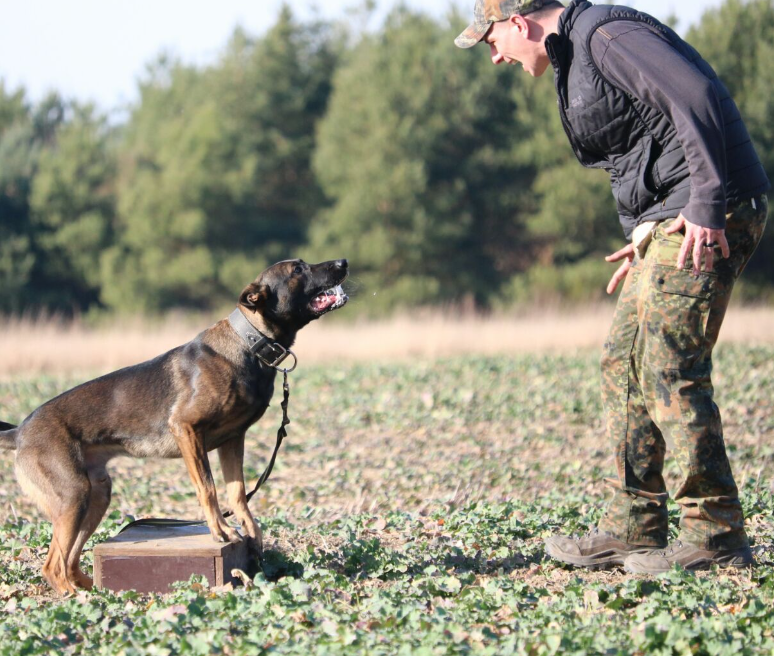
Introduction
Dogs have long been regarded as loyal companions, enriching our lives with their unconditional love and playful nature. However, the topic of dominance in dogs has sparked numerous debates and misconceptions over the years. It is essential to separate fact from fiction and gain a deeper understanding of dominance in dogs to promote healthy relationships and responsible pet ownership. In this blog post, we will explore the myths surrounding dominance in dogs and uncover the reality behind this complex behavior.
Myth 1: Dogs are pack animals driven by a hierarchical structure
One of the most pervasive myths about dominance in dogs is the notion that they are pack animals striving for a hierarchical structure. This belief originated from studies conducted on captive wolves, which were later debunked. In reality, dogs are domesticated animals with social tendencies, and their behavior is shaped by a combination of genetic, environmental, and individual factors.
While dogs can display social hierarchies in certain contexts, it is crucial to understand that they do not approach relationships solely from a dominance perspective. Instead, they form bonds based on trust, respect, and cooperation, which differ from the hierarchical structure often associated with dominance theory.
Myth 2: Displaying dominance will establish leadership and control
Another common misconception is that asserting dominance over a dog is necessary to establish leadership and control. This belief has led to outdated training methods based on dominance theory, such as alpha rolls and physical punishment. However, modern research and professional dog trainers advocate for positive reinforcement techniques that focus on building a bond of trust and encouraging desirable behaviors.
Dominance-based training techniques can lead to fear, anxiety, and aggression in dogs. Positive reinforcement, on the other hand, promotes a harmonious relationship between you and your furry friend, fostering a cooperative and confident companion.
Myth 3: Breed determines dominance in dogs
There is a persistent myth that certain dog breeds are inherently dominant, aggressive, or submissive. However, it is important to recognize that behavior traits are not solely determined by breed genetics. While some breeds may have specific tendencies due to their original purpose or selective breeding, individual temperament and socialization play a significant role in a dog’s behavior.
Each dog is a unique individual, and factors such as upbringing, training, socialization, and individual experiences greatly influence their behavior. It is unfair and inaccurate to generalize dominant or submissive traits to an entire breed.
Reality:
Understanding canine behavior and promoting positive relationships
To truly understand dominance in dogs, we must shift our focus from dominance theory to a more holistic understanding of canine behavior. Here are some key points to consider:
1. Socialization:
Properly socializing your dog from an early age is crucial. Positive interactions with other dogs, animals, and people help your dog develop appropriate social skills and build confidence.
2. Positive reinforcement:
Reward-based training methods, such as clicker training and treats, create a positive association and encourage desired behaviors. This approach fosters a cooperative and trusting relationship between you and your dog.
3. Clear communication:
Consistency and clear communication are vital in training and establishing boundaries. Use positive reinforcement to reward good behavior and redirect unwanted behaviors using gentle and humane techniques.
4. Individual needs:
Recognize that each dog is unique and has individual needs. Consider factors such as age, breed, energy level, and previous experiences when addressing behavioral issues or training.
5. Seek professional guidance:
If you’re struggling with understanding or managing your dog’s behavior, consult a certified professional dog trainer or animal behaviorist. They can provide expert guidance tailored to your specific situation.
Conclusion
Understanding dominance in dogs requires debunking the prevailing myths and embracing a more nuanced perspective. Dogs are not solely driven by dominance but rather seek trust, respect, and cooperation in their relationships with humans and other animals. By promoting positive reinforcement, clear communication, and recognizing the individuality of each dog, we can foster healthy and harmonious bonds with our furry companions. Let’s move beyond outdated dominance theories and build a future where empathy and understanding guide our interactions with dogs.


